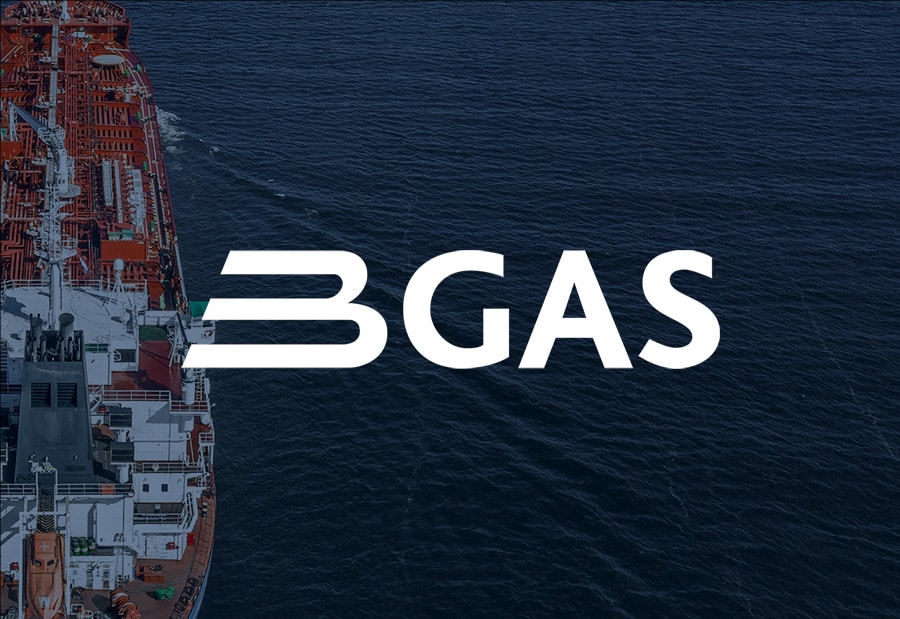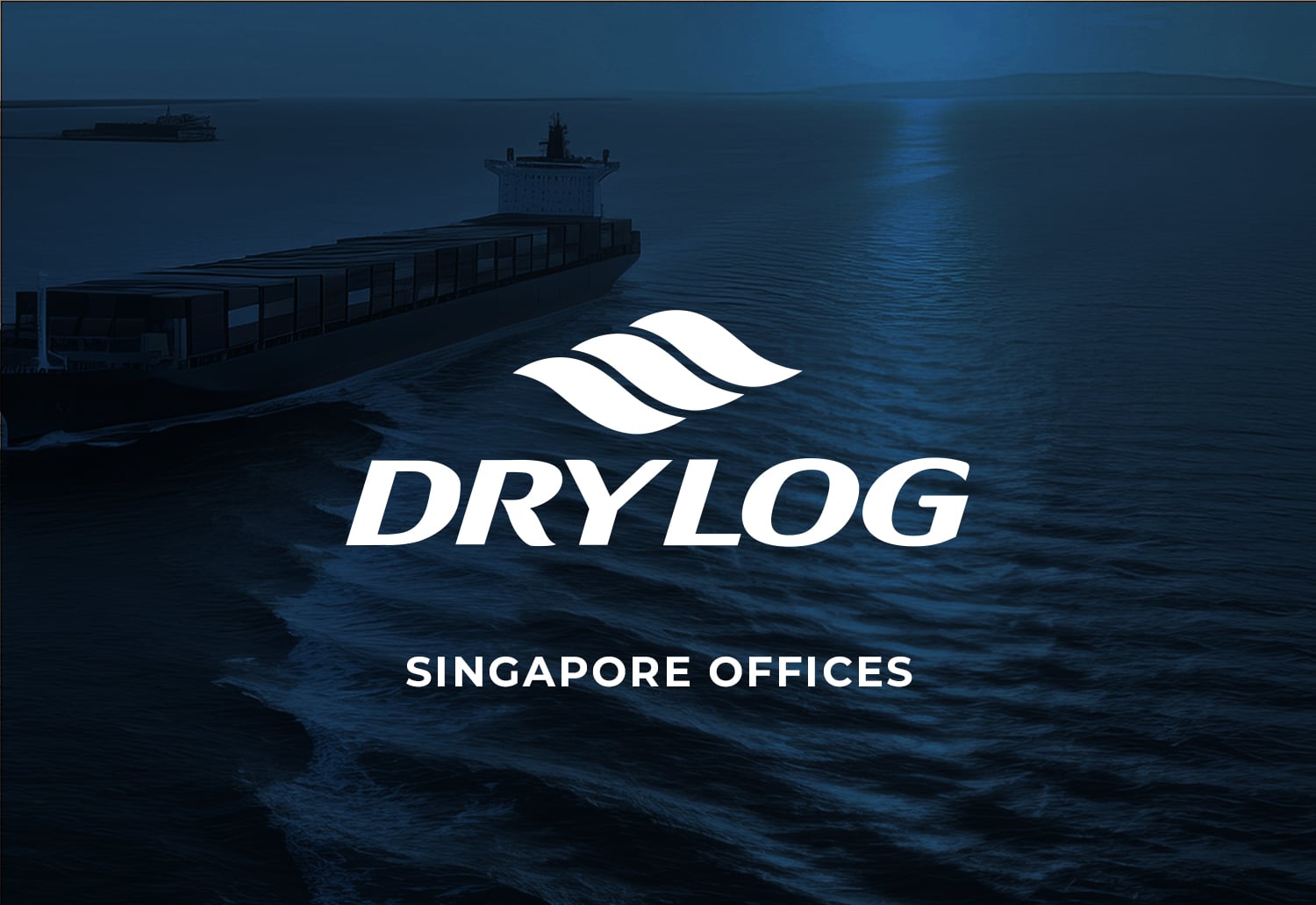A future perspective on reMARK: reimagining the IT infrastructure Technology evolution has become faster as alterations, change and rapid adaption are the new norm in enterprise software application development.
Within the past decade, enterprise software applications have undergone an impressive evolution thanks to a combination of technology and the demands of users. Thus, causing software providers to rethink their product’s infrastructure set-up and how their customers and users interact with applications. The recent launch of reMARK was a big step in the process of continuously improving our product. However, the evolution does not stop here. We already have new projects planned that will enhance the product technologically in order to make sure reMARK is optimised to fit the needs of today’s enterprise application users in the best way possible. But, first let us take a look at how user demand and behaviour have influenced enterprise applications and IT infrastructure.
The evolution of IT infrastructure and user demands
One could say that enterprise application software in many cases is intended to satisfy the overall needs of large and complicated organisations with advanced business processes, in contrast to consumer software that greatly caters to the needs of the individual user. With the rise of technology like social media and cloud computing, consumer software has in many ways reshaped how we live our daily lives to an extent which is very much unnoticeable. The software we use on a daily basis is typically characterised by flexibility, customisation, always-connected and easy maintenance that align with how we have designed our lives today. Therefore, it is only natural that we see this evolution in how we perform our work, how we interact with enterprise applications and what we expect these applications to do. Business is no longer conducted from nine to five every day – at an office nor at a desk. New expectations are influencing the rise of flexibility and accessibility in enterprise software applications, and it is not just about having access to software; it is the ability to quickly access it and work everywhere at any time. Because of this evolution in user demands, the focus of IT infrastructure has shifted from a technology-centric approach based upon fast computer hardware and high-resolution screens to a more flexibility-driven approach, where enterprise software applications are measured in time-to-delivery, simplified maintenance, user experience, agility and ability to customize the setup for the individual user. As a consequence, software providers must adjust their products and IT infrastructures to accommodate this. But, in many cases, recreating software can be a very expensive, complicated and time-consuming process. Which means software providers need to be able to integrate new functionality or scale existing ones as efficiently as possible in order support and preserve fast time to market and meet customer demands. The easiest and fastest way to integrate different components is not to rewrite them as identical elements, but to provide an additional software layer that can link separate applications together and allow them to communicate and pass data to each other despite their differences. To do this, a middleware software is needed.
Enhancing the reMARK infrastructure
In order to ensure continuous improvement and further develop reMARK technologically to accommodate customer and user needs, Nordic IT is in the process of reinventing and reimagining reMARK’s infrastructure set-up as we know it today. We are currently planning on developing and implementing a middleware software layer which purpose is to serve as a gateway to the central reMARK application by allowing easy data transfer between reMARK sites. This will enable several advantages for customers and end-users. In the short term, we will first of all be able to eliminate the need for remote synchronization which will enable easier configuration and maintenance for customers and users since only one main site and set up is needed. Additionally, the middleware application will support faster data processing resulting in improved user experience. In the long run, the middleware software will be the first step in the process of developing and implementing a web browser version of reMARK. This browser version will allow users to access reMARK through a standard internet browser and users will not need to install the reMARK software on their client platform. Thereby, providing businesses and users more flexibility and easier day-to-day maintenance.
Middleware; a strategic area for Nordic IT
What the future holds for enterprise application infrastructure is nearly impossible to predict and really anyone’s guess. However, it is certain, that business and user expectations to enterprise software continues to change. Which means that integration software like middleware will most likely continue to evolve from being just a necessary piece of software that ties separate applications together, to a strategic area of IT and business that allows software providers to quickly address and adapt to customers’ and users’ demands and expectations. Which is exactly what we aim to do with the new middleware software in reMARK. With the middleware application, we can deliver a browser solution faster and in the long run be able to continuously deliver new system enhancement faster and more efficiently.



